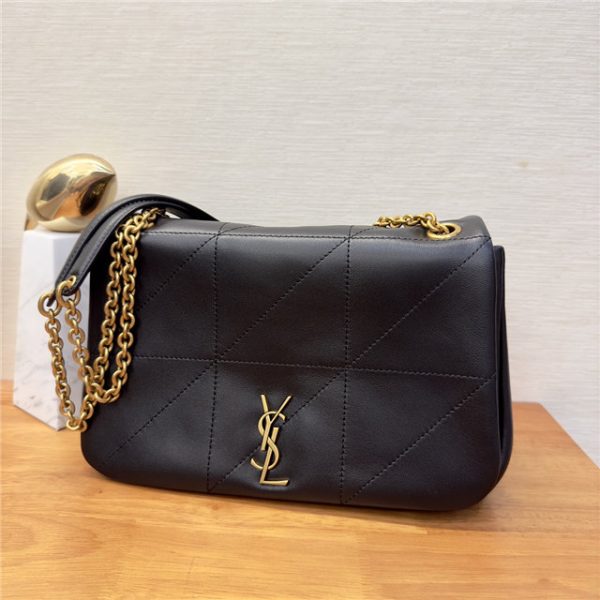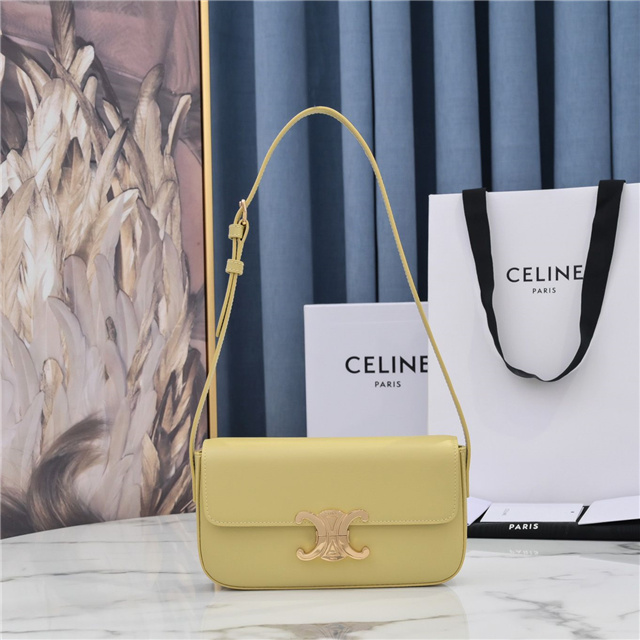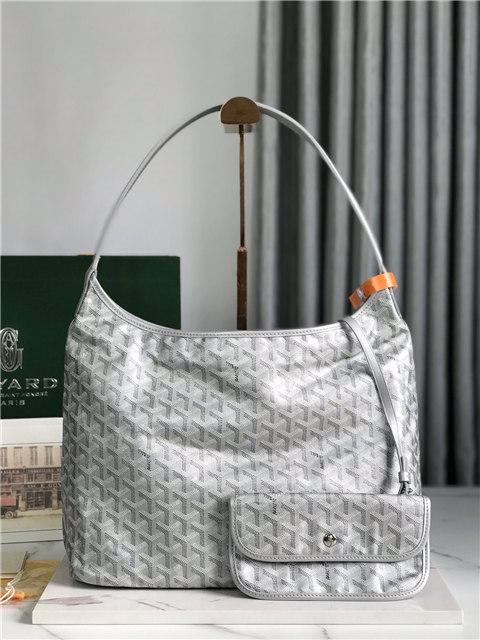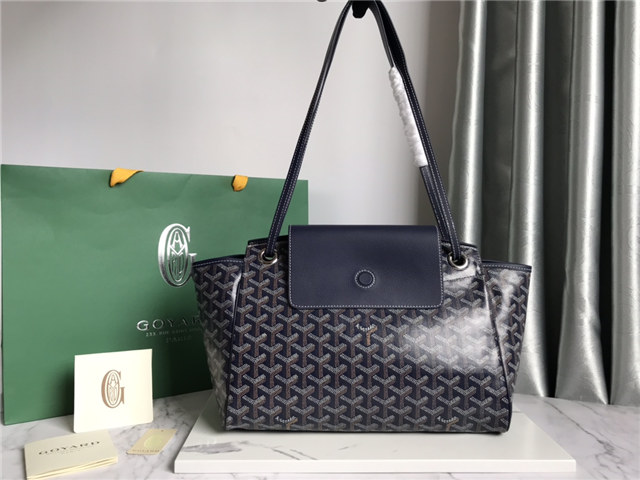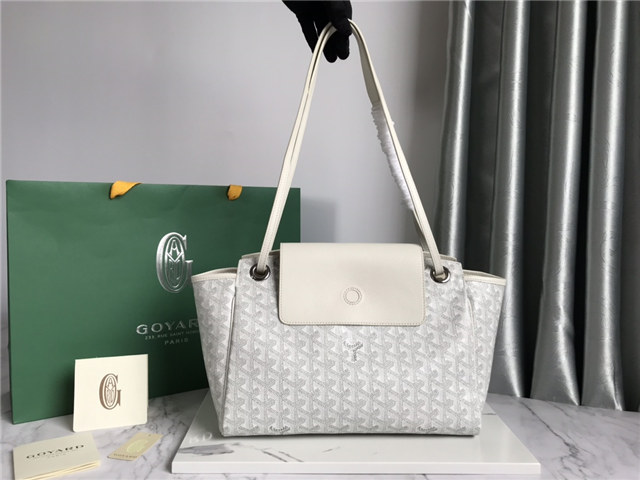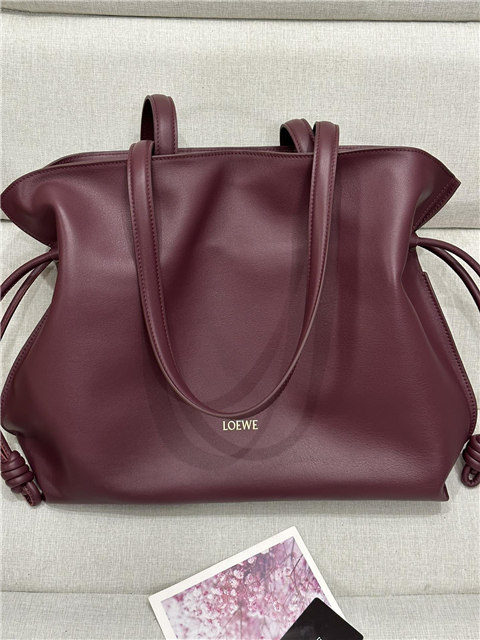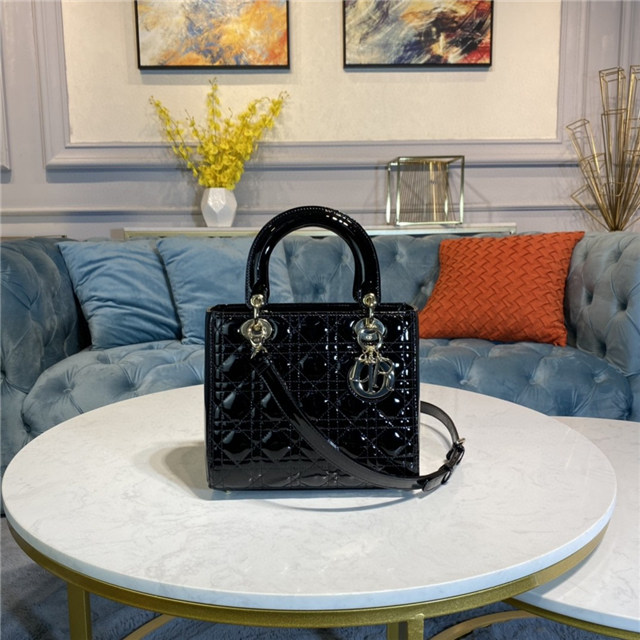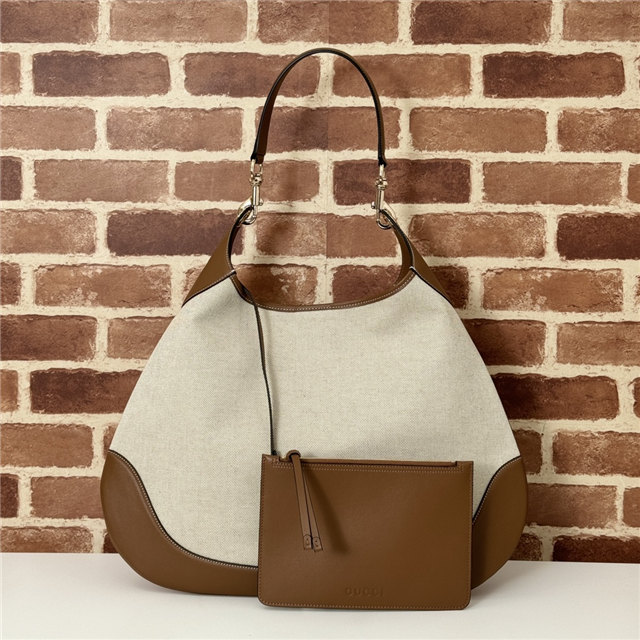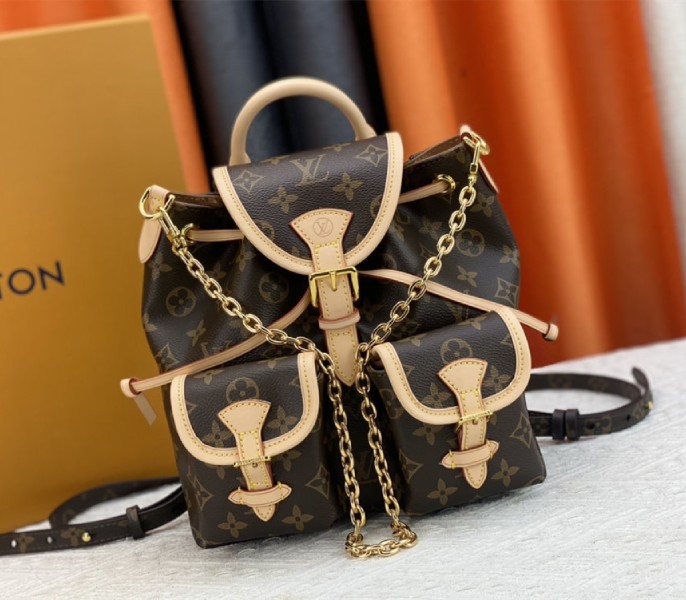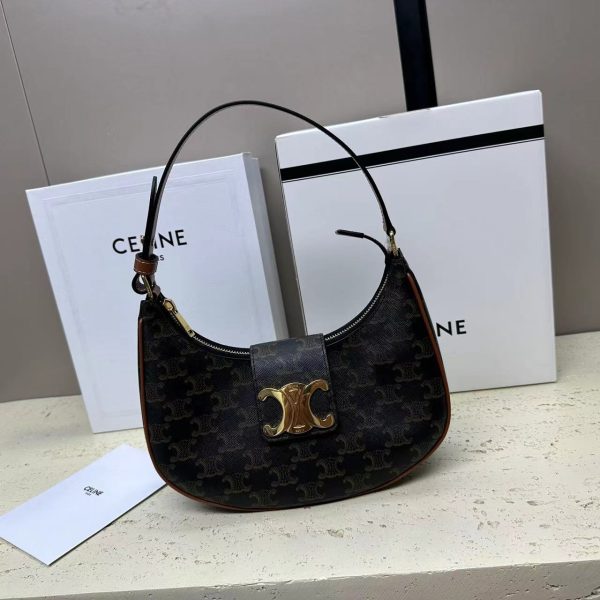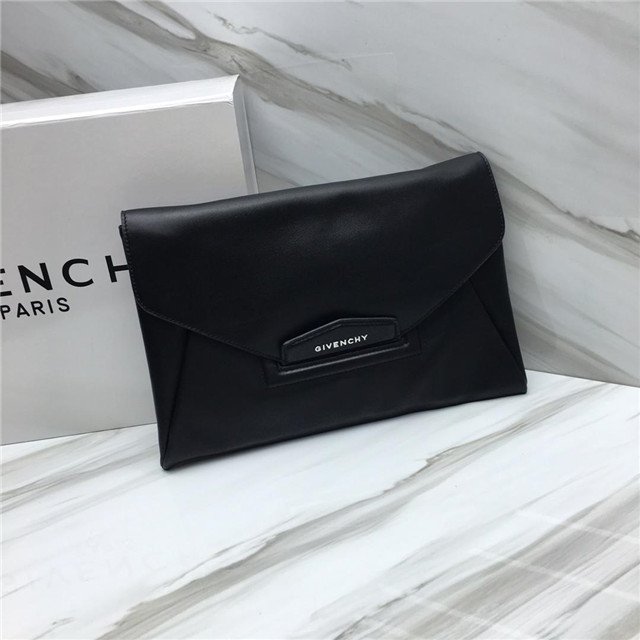First off, let’s be real. We’re talking about *fake* Rolexes here. Replicas, homages, “inspired by” whatever you wanna call ’em, they ain’t the real deal. But hey, not everyone’s got the spare 20 grand (or more!) lying around for a genuine gold and black Submariner. So, the replica market thrives, right?
The thing with these gold and black Submariner knockoffs is that the quality *varies wildly*. You might stumble across a “Superclone” that’s supposedly got the same Swiss movement and everything. They claim to use the same materials, like sapphire crystal. But, uh, take that with a grain of salt. I mean, if it sounds too good to be true… it usually is.
I’ve seen some pretty convincing ones online, though. Like, they really try to nail the look. The gold plating *can* look decent, and the black dial… well, that’s usually easier to copy. But it’s the *details* that give them away.
Apparently, a quick and dirty trick to spot a fake, at least for some older models, is the length of the minute hand! Who would have thought? Longer minute hand = red flag. Personally, I’d be scrutinizing the cyclops over the date window, the font on the bezel, and the overall weight and feel. The devil’s always in the details, especially with a watch that’s so widely replicated. You’ll find some online claiming near perfection with Swiss clones for the movement and great waterproofing.
And then there are the *really* cheap ones. Like, the “Perfect Replica Rolex $99” kind. Those are usually… well, let’s just say you get what you pay for. Expect the gold to fade faster than your tan in October, and the “water resistance” to be about as effective as a paper bag.
Honestly, it all boils down to what you’re looking for. If you just want the look and don’t care about the internals or the prestige, then a decent replica might scratch that itch. But don’t go expecting to fool any watch aficionados. They’ll spot a fake from a mile away.

